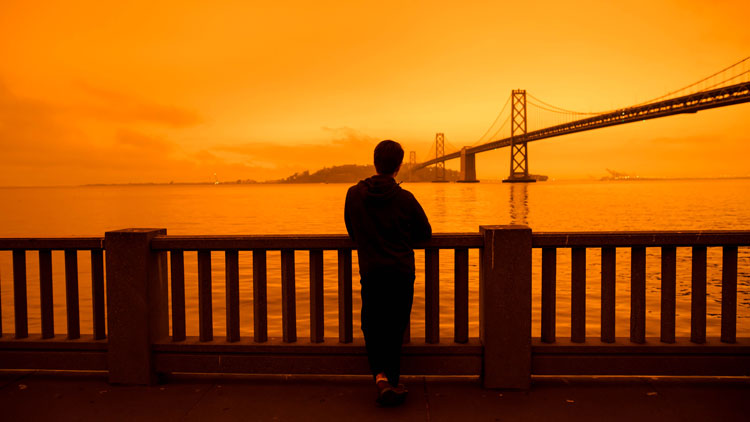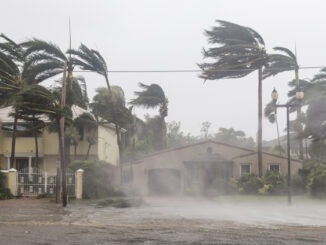
Recently, wildfires in the western United States have destroyed a lot of land. They have even made the sky turn orange. Why are wildfires becoming so intense?
The Climate Change Connection
Scientists say climate change plays a big role. Earth is getting warmer. This summer, California has experienced many days in a row of record-high temperatures. One town reached a temperature of 121°F! A recent study says these heatwaves have become more frequent and longer lasting over the past 70 years.
What do heatwaves have to do with wildfires? Extreme heat dries out grasses, shrubs, and other vegetation. Dry vegetation catches fire easily. The drier an area is, the faster a wildfire will spread.
Climate change isn’t just about higher temperatures, though. It also involves patterns in precipitation. A drought is a long period without rain. Droughts dry out vegetation even more. Recently, many western states have experienced more droughts. More droughts and heatwaves are extending hot, dry summer conditions into the fall.
In California, fall is windy season. Strong winds blow down from mountains and deserts toward the coast. These powerful winds have a huge effect on wildfires, especially when heat and droughts have kept vegetation dry. The winds can whip up a tiny spark and almost instantly turn it into a huge fire.
What Can You Do? Tell someone about the connection between climate change and wildfires. List ways people could prevent starting a fire.
Photo Credit: hkalkan/Shutterstock



